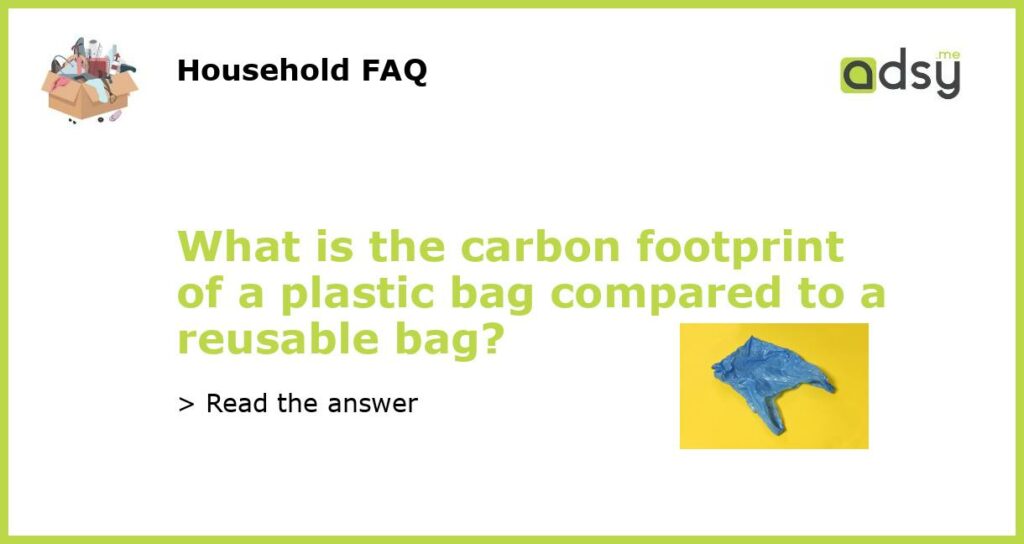Plastic Bags vs. Reusable Bags: A Comparison of Carbon Footprints
Plastic bags are a popular choice for carrying groceries and other items, but they have a significant impact on the environment. In recent years, there has been a growing movement towards the use of reusable bags, but how do they compare in terms of carbon footprint? Let’s take a closer look.
The Carbon Footprint of Plastic Bags
A plastic bag has a relatively small carbon footprint at the production stage, but the real impact comes from their disposal. Most plastic bags are not biodegradable, meaning they can take hundreds of years to break down. As they degrade, they release harmful greenhouse gases into the atmosphere, contributing to climate change. The average plastic bag has a carbon footprint of 10-40 grams.
The Carbon Footprint of Reusable Bags
Reusable bags are a more eco-friendly option for carrying groceries and other items. They are generally made from durable materials such as canvas, nylon, or polyester. The carbon footprint of a reusable bag depends on several factors, such as the material it’s made from and how often it’s used. However, studies have shown that a single reusable bag has a carbon footprint of around 80-100 grams.
The Benefits of Reusable Bags
While reusable bags may have a slightly higher carbon footprint than plastic bags, they offer numerous benefits for the environment. They can be used hundreds of times, reducing the need for single-use plastic bags. They also produce less waste and require less energy to produce. In addition, many retailers now offer incentives for customers who bring their reusable bags, such as discounts or loyalty points.
Choosing the Right Bag
In conclusion, while plastic bags may have a lower carbon footprint at the production stage, their long lifespan and disposal contribute to their overall impact on the environment. Reusable bags, on the other hand, have a higher carbon footprint but can be used hundreds of times, making them a more sustainable option. When choosing between plastic and reusable bags, consider the impact of each and choose the option that best aligns with your values and sustainability goals.






